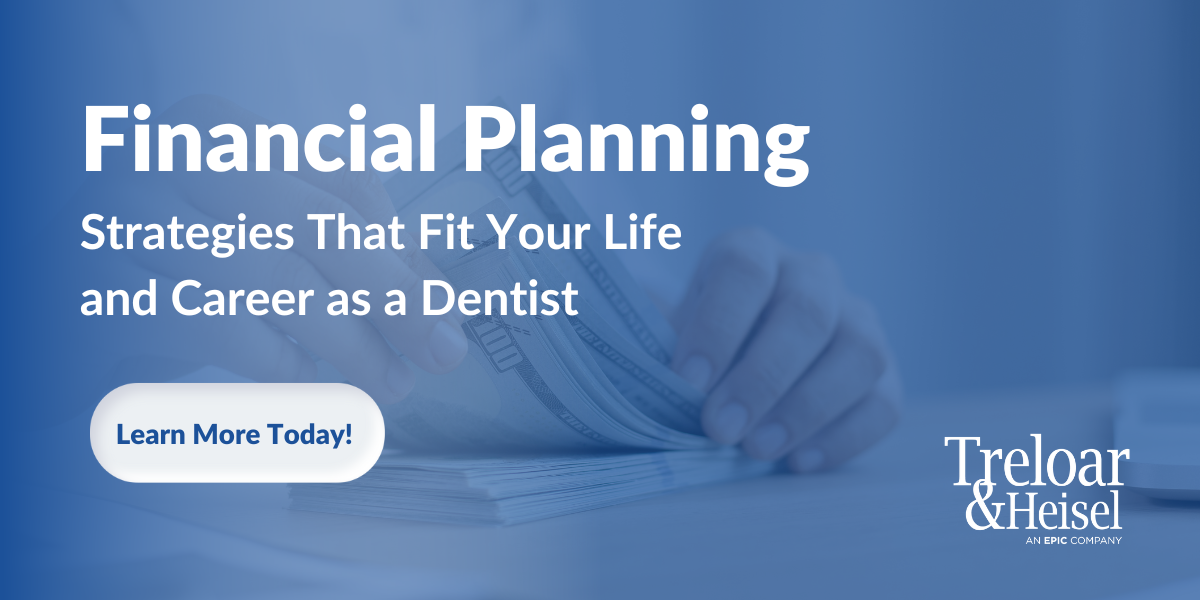Posted by Treloar & Heisel on Sep 30, 2016 3:09:18 PM

One of the worst pieces of news you could hear five or six years into retirement is that your money won’t last and that you’ll need to go back to work. It happens more often than you would imagine. Working with a professional advisor, and starting to think about retirement as soon as possible can help you avoid many of these scenarios.
Where’s my paycheck?
Given that you won’t be getting a paycheck anymore, in retirement it is up to you to create your own income stream by tapping into savings, assets and pensions, if you have any. More importantly, you’ll need to determine upfront how long your money will last; this means stress testing your living expenses and non-guaranteed income to see how they would withstand various market conditions.
What’s your ‘burn rate’ in retirement?
Everyone has different spending habits. You should have a good sense for what yours will be. For many retirees, in their first ten or twenty years of retirement, their spending tends to be the same as in their working years. At some point, for instance in your eighties or so, spending often declines as inactivity increases.
What’s your income in retirement?
Again, everyone will have a different income picture in retirement. Will you have guaranteed income? Pension income? Were you a faculty member or did you work for a hospital? Identify all of your income sources, consider the streams you will derive from each (and how they will be taxed), to get a sense for how much money you will have at your disposal.
Take a bucket approach
In our financial planning practice, we recommend that clients maintain two to five years of living expense in cash equivalents, money market or laddered CDs. The reason for this recommendation is that when the market goes down, you won’t be selling off devalued assets to meet your daily living expenses. Also, if you use cash you won’t affect your overall asset allocation. We recommend two to five years worth of cash equivalents, because it gives you time to wait for the market-invested accounts to recover.
Where should I put my cash?
Keep it simple. We typically say keep one year of spending in your checking account, and then use a combination of higher-yielding money markets and laddered CDs for years two to five.
Your cash holding account (‘your two to five years of cash account’) needs to be refilled each year from assets held in your investment accounts. If it’s a good year and your investments are yielding, fill up. If the market is down, perhaps you can skip a year.
As far as your investments are concerned, we suggest breaking those assets into smaller buckets. The first ten years of your retirement funds should be fairly conservatively invested, as you will need ready access to them. The money that is reserved for later years should be more aggressively invested, because you have time and can afford to take more risk with those funds. In the event of your premature death, your growth bucket can become an inheritance bucket for your heirs, if you wish. If your growth bucket goes down in value, don’t lose too much sleep over it; it is designed to have time to recover.
Don’t neglect it!
Once you’re all set up, it’s easy to forget about your investments. At a minimum, you should review your portfolio each year, re-evaluate, stress test and make sure you are staying on track.
About Treloar & Heisel
Treloar & Heisel is a premier financial services provider to dental and medical professionals across the country. We assist thousands of clients from residency to practice and through retirement with a comprehensive suite of financial services, custom-tailored advice, and a strong national network focused on delivering the highest level of service.


